Government Initiatives and Funding
Government initiatives and funding play a crucial role in the expansion of the Healthcare Wearable Robot Market. Various governments are recognizing the potential of wearable robots to improve healthcare outcomes and reduce costs associated with long-term care. Initiatives aimed at promoting research and development in robotics are being implemented, with funding allocated to projects that focus on enhancing the capabilities of wearable devices. For example, several countries have launched grants and subsidies to support the development of innovative healthcare technologies. This financial backing is expected to stimulate market growth, as it encourages companies to invest in the research and development of advanced wearable robots that can meet the evolving needs of patients and healthcare providers.
Rising Incidence of Chronic Diseases
The prevalence of chronic diseases is a significant driver for the Healthcare Wearable Robot Market. As populations age and lifestyle-related health issues become more common, the demand for assistive technologies is increasing. Wearable robots are being recognized for their potential to aid individuals with conditions such as stroke, arthritis, and spinal cord injuries. According to recent statistics, approximately 60% of adults over the age of 65 have at least one chronic condition, which underscores the necessity for innovative solutions like wearable robots. This growing demographic is likely to propel the market forward, as healthcare providers seek effective ways to enhance patient mobility and independence through robotic assistance.
Technological Innovations in Robotics
The Healthcare Wearable Robot Market is experiencing a surge in technological innovations that enhance the functionality and efficiency of wearable robots. Advancements in artificial intelligence, machine learning, and sensor technologies are enabling these devices to provide more precise and adaptive support to users. For instance, the integration of real-time data analytics allows for personalized adjustments based on the user's movements and needs. This trend is reflected in the projected growth of the market, which is expected to reach USD 2.5 billion by 2026, driven by the increasing adoption of robotic solutions in rehabilitation and mobility assistance. As these technologies continue to evolve, they are likely to redefine the capabilities of wearable robots, making them more accessible and effective for a broader range of patients.
Aging Population and Increased Mobility Needs
The aging population is a pivotal factor driving the Healthcare Wearable Robot Market. As the global demographic shifts towards an older population, there is a heightened need for solutions that support mobility and independence among elderly individuals. Wearable robots are increasingly being viewed as viable options for assisting seniors with daily activities, thereby enhancing their quality of life. Current estimates suggest that by 2030, nearly 1 in 6 people will be aged 60 or over, which will likely escalate the demand for assistive technologies. This demographic trend is expected to create substantial opportunities for manufacturers of wearable robots, as they develop products tailored to meet the specific needs of older adults.
Growing Awareness of Rehabilitation Technologies
There is an increasing awareness of the benefits of rehabilitation technologies within the Healthcare Wearable Robot Market. As healthcare professionals and patients alike become more informed about the advantages of wearable robots, the demand for these devices is likely to rise. Rehabilitation robots are being recognized for their ability to enhance recovery outcomes, improve mobility, and provide personalized therapy. Market Research Future indicates that the rehabilitation robotics segment is projected to grow at a compound annual growth rate of 15% over the next five years. This growing awareness is fostering a more favorable environment for the adoption of wearable robots, as stakeholders seek to leverage these technologies to improve patient care and rehabilitation processes.


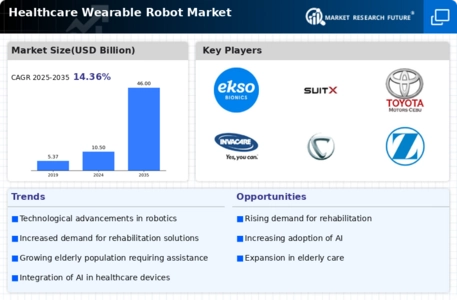
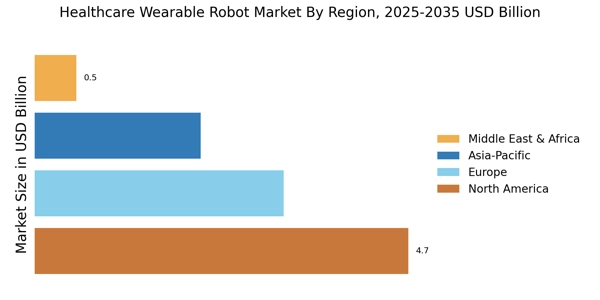
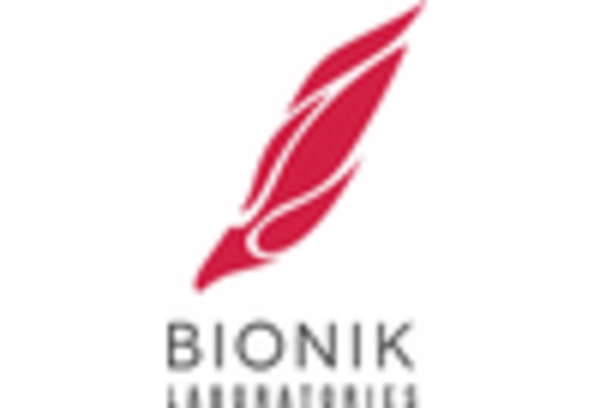

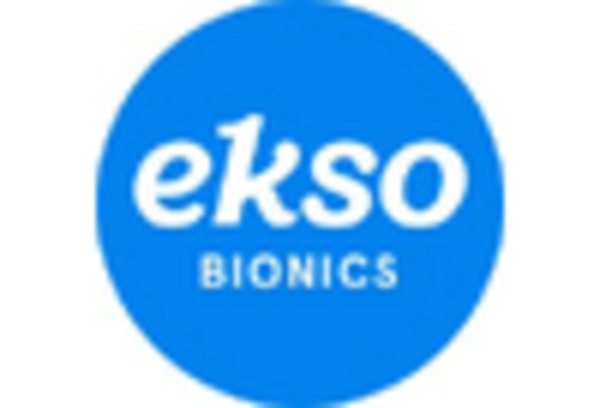
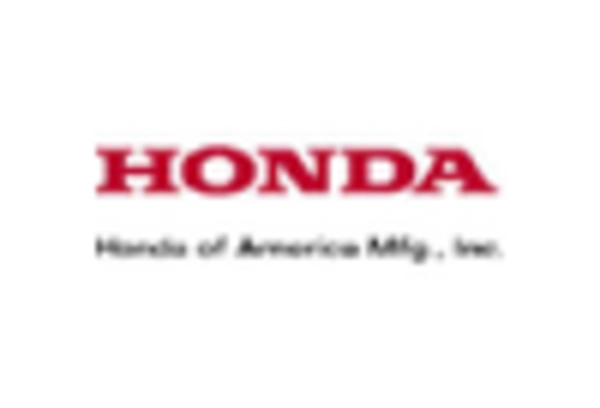
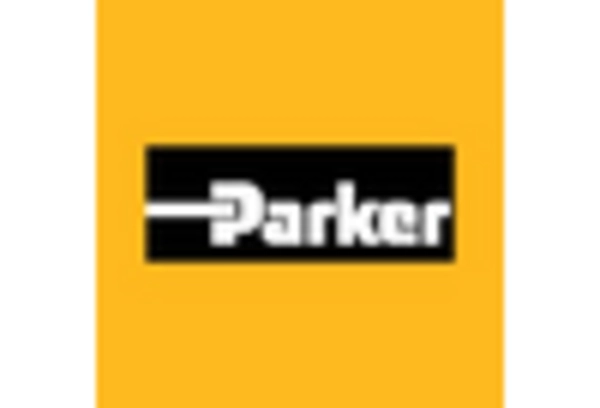
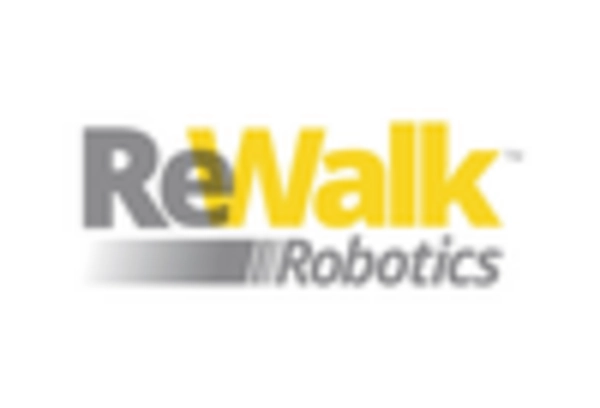








Leave a Comment